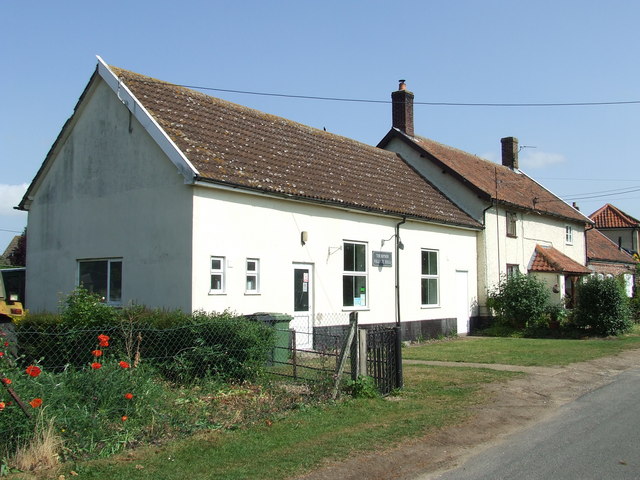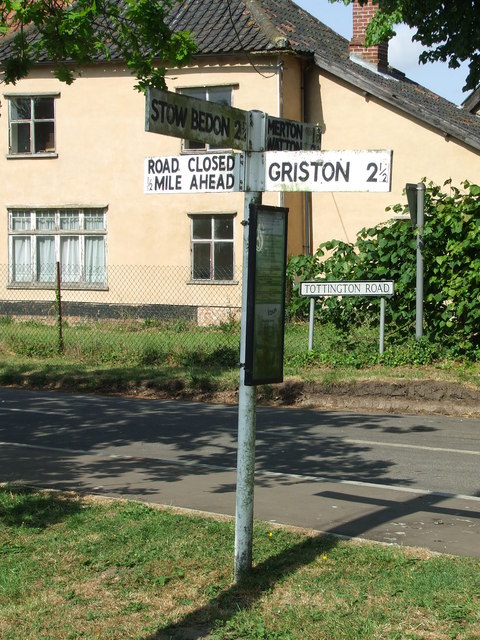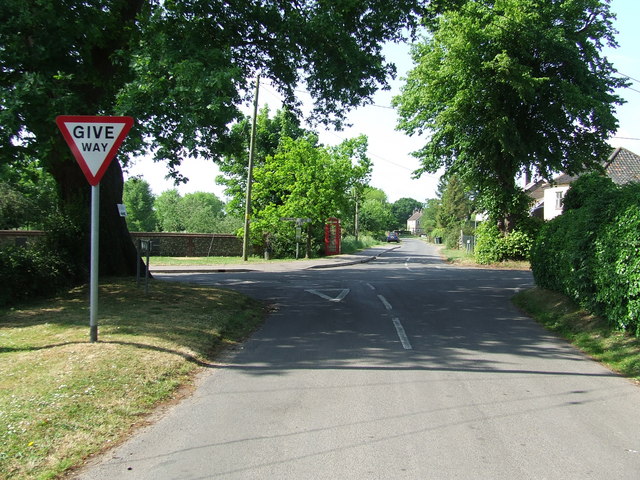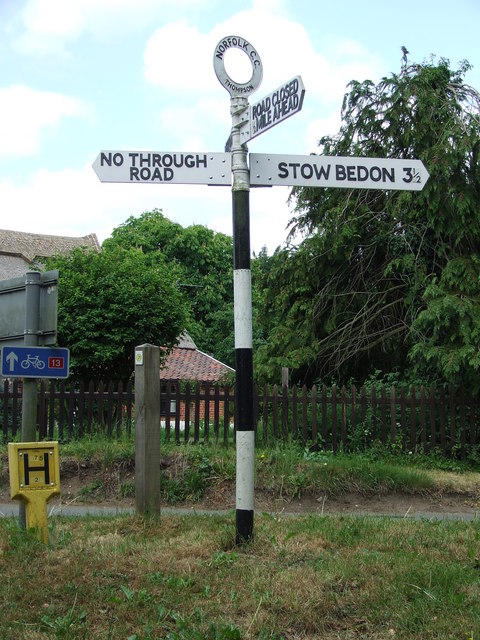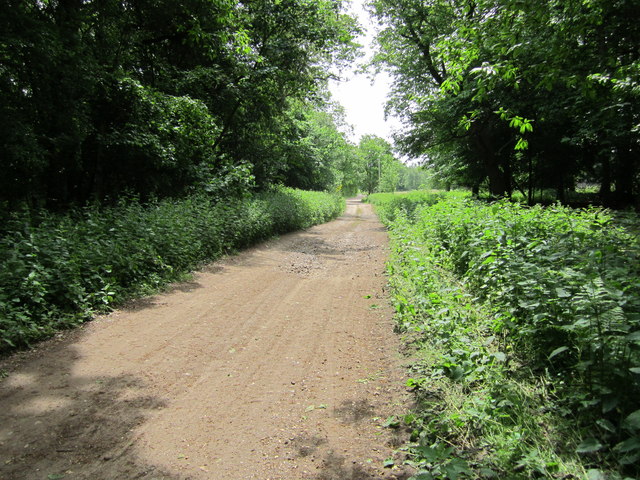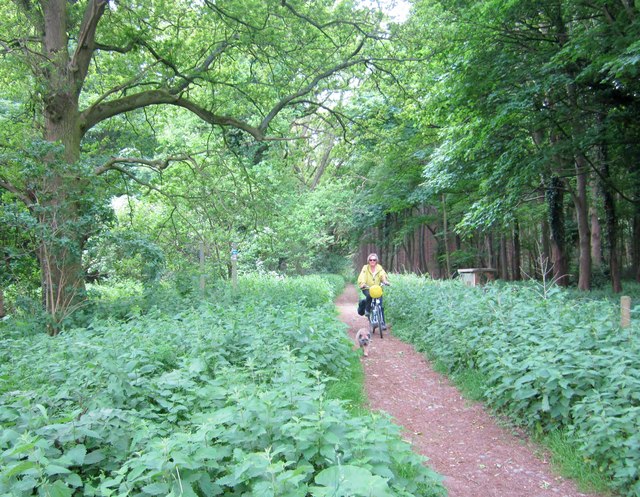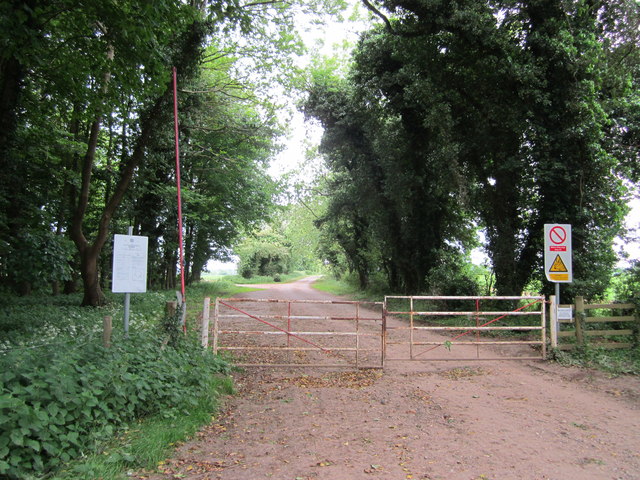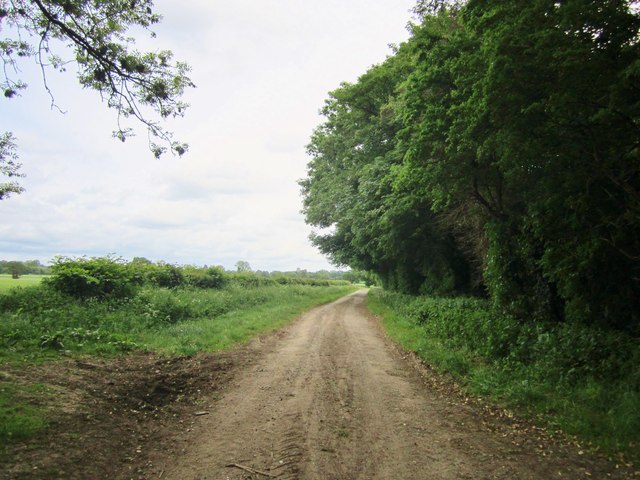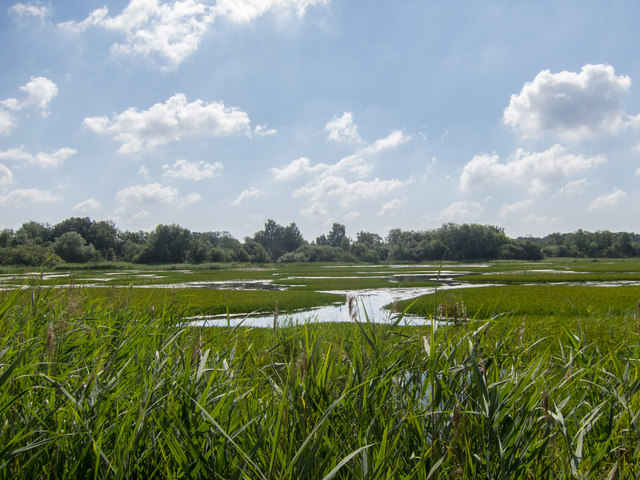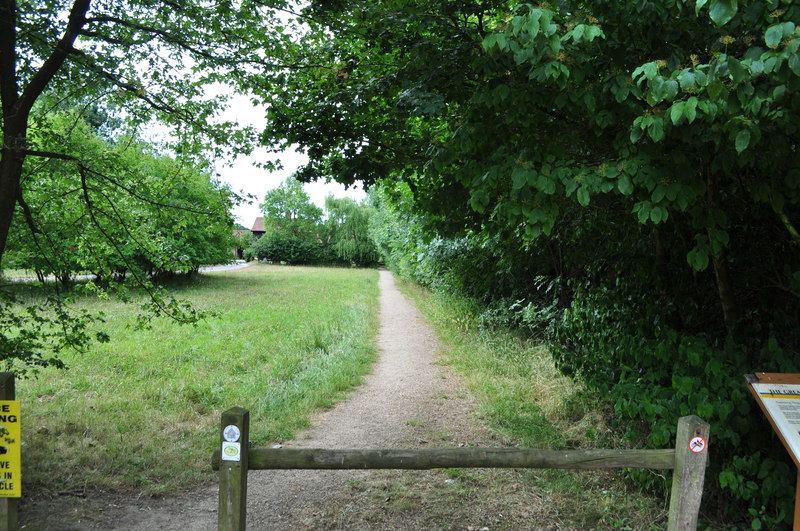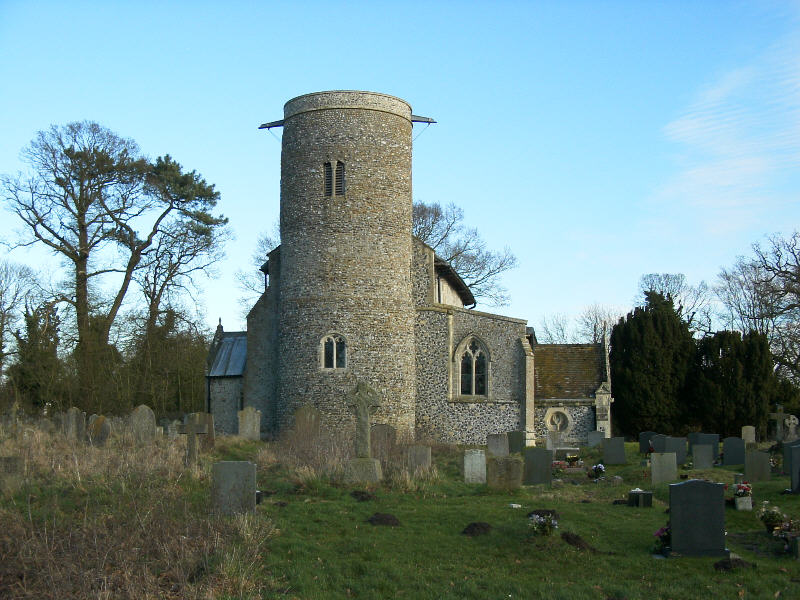Threecornered Plantation
Wood, Forest in Norfolk Breckland
England
Threecornered Plantation
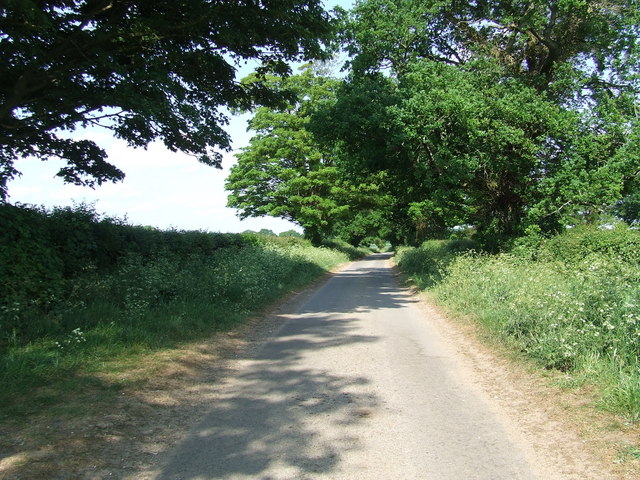
Threecornered Plantation is a charming woodland area nestled in the heart of Norfolk, England. Covering an expansive area of approximately XX hectares, this enchanting forest offers visitors a serene and picturesque escape from the bustling city life.
The plantation derives its name from its distinct triangular shape, which can be observed from an aerial perspective. The woodland is primarily composed of a diverse array of trees, including oak, beech, and birch, which create a lush and vibrant canopy overhead. These towering trees provide ample shade and a sense of tranquility, making it a popular spot for nature lovers and outdoor enthusiasts alike.
As visitors venture through Threecornered Plantation, they will be greeted by a rich tapestry of flora and fauna. The forest floor is adorned with an assortment of wildflowers, such as bluebells and primroses, adding a vibrant burst of color to the surroundings. Wildlife is abundant, with sightings of deer, badgers, and various bird species being commonplace.
The woodland pathways winding through the plantation offer visitors an opportunity to explore the natural beauty at their own pace. Whether it's a leisurely stroll or a more adventurous hike, Threecornered Plantation has something to offer for everyone. Additionally, the plantation is well-maintained, with clearly marked trails and informative signposts along the way, ensuring a safe and enjoyable experience for all.
Threecornered Plantation also boasts several picnic areas and benches, making it an ideal destination for families and groups to relax and enjoy a packed lunch amidst the serene surroundings. The plantation is open throughout the year, allowing visitors to experience the changing seasons and the unique beauty they bring.
In conclusion, Threecornered Plantation is a captivating woodland haven in Norfolk, offering a tranquil retreat for nature enthusiasts. With its diverse flora and fauna, well-maintained trails, and ample space for relaxation, it is an idyllic destination for those seeking sol
If you have any feedback on the listing, please let us know in the comments section below.
Threecornered Plantation Images
Images are sourced within 2km of 52.526041/0.82171307 or Grid Reference TL9195. Thanks to Geograph Open Source API. All images are credited.

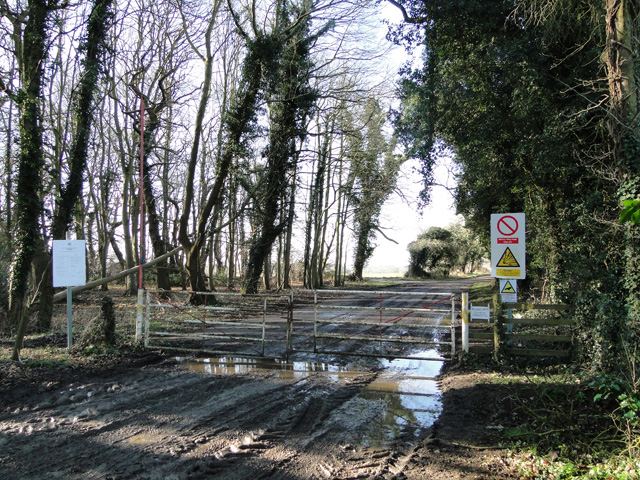
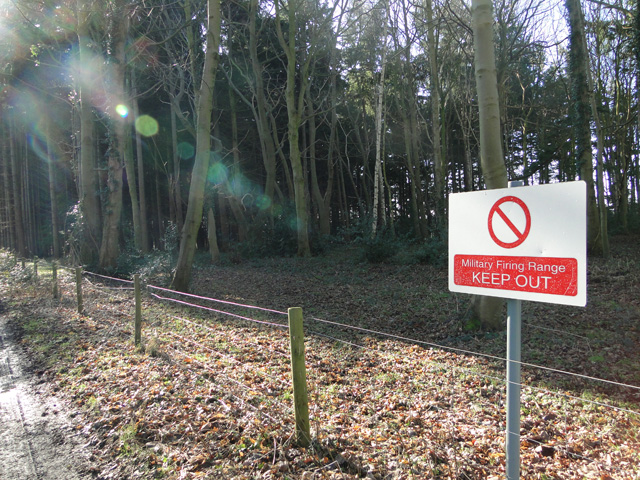
Threecornered Plantation is located at Grid Ref: TL9195 (Lat: 52.526041, Lng: 0.82171307)
Administrative County: Norfolk
District: Breckland
Police Authority: Norfolk
What 3 Words
///backup.dreading.swimsuits. Near Watton, Norfolk
Nearby Locations
Related Wikis
Thompson, Norfolk
Thompson is a civil parish in the English county of Norfolk. It covers an area of 9.20 km2 (3.55 sq mi) and including Tottington had a population of 341...
Merton Hall, Norfolk
Merton Hall is a 19th century country house in Merton, Norfolk, England. The extant north-west wing is a Grade II listed building. The 17th-century gatehouse...
Tottington, Norfolk
Tottington is a deserted village and civil parish in the English county of Norfolk. It is situated some 6.2 miles (10.0 km) north of the town of Thetford...
Stow Bedon railway station
Stow Bedon railway station is a closed station in Stow Bedon, Norfolk. It was initially opened in 1869 by the Great Eastern Railway network and became...
Great Eastern Pingo Trail
Great Eastern Pingo Trail is a 9.2 kilometres (5.7 miles) long footpath along a disused railway line north of Thetford in Norfolk. It is a 4.2-hectare...
Thompson Water, Carr and Common
Thompson Water, Carr and Common is a 154.7-hectare (382-acre) biological Site of Special Scientific Interest north of Thetford in Norfolk. Most of it is...
Cranberry Rough, Hockham
Cranberry Rough is an 81.1-hectare (200-acre) biological and geological Site of Special Scientific Interest in the parish of Hockham, east of Attleborough...
Merton, Norfolk
Merton is a civil parish in the English county of Norfolk. It covers an area of 5.94 km2 (2.29 sq mi) and had a population of 113 in 50 households at the...
Nearby Amenities
Located within 500m of 52.526041,0.82171307Have you been to Threecornered Plantation?
Leave your review of Threecornered Plantation below (or comments, questions and feedback).

